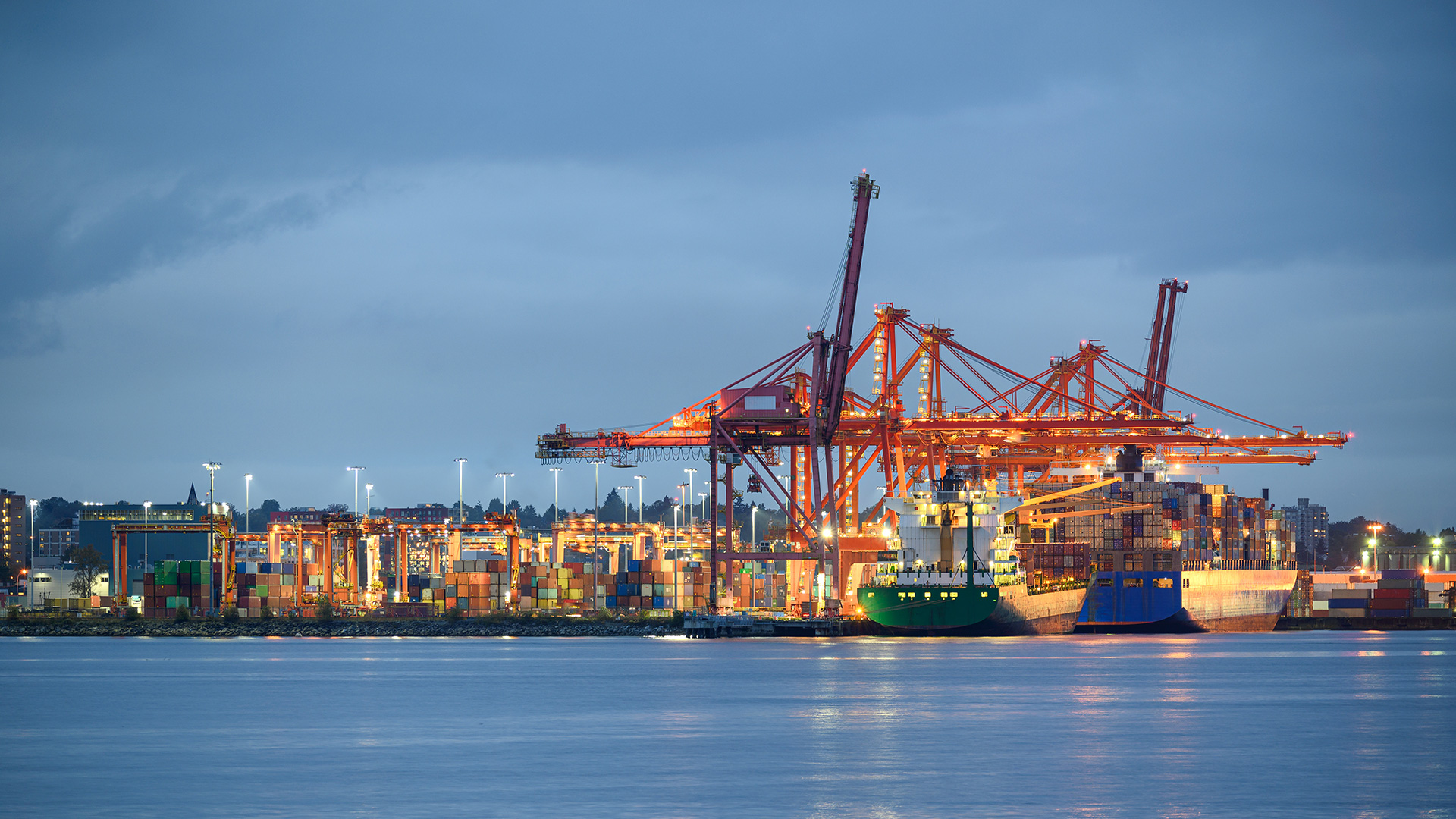August 1, 2025, was set as the deadline for a new trade deal between Canada and the US, with the US warning that failure to secure a deal would result in higher tariffs on Canadian goods. With no trade agreement concluded by this deadline, several changes were made to the tariffs applied to goods flowing between Canada and the US. While the possibility of a new trade agreement remains open, the trade turmoil between the neighbouring countries appears to have reached some level of status quo – at least for the time being.
This update provides a summary of Canada-US trade actions since the beginning of 2025 and reflects the status of tariffs as of August 1, 2025.
What happened before August 1?
Since early March, the US and Canada have implemented multiple rounds of tariffs that can be categorized in four broad categories: 1) broad-based tariffs1 ; 2) steel and aluminum tariffs;2 3) auto tariffs; and 4) copper tariffs.
Not all goods imported from Canada or the US into the other country are impacted. In relation to its broad-based tariffs (justified by the US partly because of the fentanyl crisis), the US has exceptions for goods compliant with the Canada-United States-Mexico Agreement (CUSMA).3 Importantly, Canada was not included in the list of reciprocal tariffs of 10% or higher imposed on all countries by the Trump Administration starting on April 1, 2025.4 Canada, for its part, announced a host of retaliatory surtaxes in answer to the broad-based tariffs, the steel and aluminum tariffs and the auto tariffs, but also announced remissions that provide important relief for some Canadian imports of US products.
What happened on August 1?
August 1, 2025, was the latest deadline for a new trade deal between Canada and the US. With a deal not having been reached, President Trump signed an executive order on July 31, 2025,5 increasing the tariff on Canadian goods from 25% to 35%. However, as with tariffs announced on Canadian goods in March 2025, goods qualifying for preferential tariff treatment under CUSMA – approximately 95% of Canadian goods imported into the US – will be exempted from the broad-based 35% tariff.
On the same day, the US imposed a 50% tariff on all imports of semi-finished copper products6 (copper pipes, wires, rods, sheets and tubes) and products containing a high degree of copper (such as pipe fittings, cables, connectors and electrical components). The copper tariffs are not directed at Canada alone, but they impact Canadian suppliers of copper to the US. The tariff applies only to the copper content of the goods and does not apply to input materials such as copper ores and concentrates. Copper scrap is also excluded from the copper tariffs.
Where do we stand now?
With tariffs being announced, partially implemented, and, in some cases, revoked, it has become difficult to follow where Canada and the US stand in terms of tariff measures against each other. The following table summarizes the history of tariffs that impact trade between Canada and the US, with the rows in bold indicating the cross-border tariff measures currently in effect:
| Imposing country |
Date in effect |
Description |
Exceptions and Relief/Remissions |
Broad-Based Tariffs
|
| US |
March 4, 2025 |
25% tariff on Canadian-origin goods (increased to 35% effective August 1, 2025), and 10% tariff on Canadian-origin energy products and potash. |
Does not apply to Canadian-origin goods that are duty-free under CUSMA. No duty drawbacks are available. |
| Canada |
March 4, 2025 |
25% tariff on $30 billion worth of US-origin goods (the full list is available here). |
The tariff does not apply to goods that are eligible for classification in the tariff items of Chapter 98 and Chapter 99 of the Schedule to the Customs Tariff, save for certain tariff items.7 An importer may be able to claim remissions or duty drawbacks (see below). |
| US |
August 1, 2025 |
Increase of tariffs on Canadian goods from 25% to 35% (10% tariff on Canadian-origin energy products and potash unaffected). |
Does not apply to Canadian-origin goods that are duty-free under CUSMA. No duty drawbacks are available. |
Steel and Aluminum Tariffs
|
| US |
March 13, 2025 |
25% tariff on Canadian steel and aluminum, including derivatives. |
No CUSMA exceptions. No duty drawbacks are available. |
| Canada |
March 13, 2025 |
25% tariff on the value for duty of steel, aluminum and certain other US goods (the full list is available here). |
Same as Broad-Based Tariffs. |
| US |
June 4, 2025 |
Increase of tariffs on Canadian aluminum and steel (including derivatives) from 25% to 50%. |
No CUSMA exceptions. No duty drawbacks are available. |
| |
|
|
|
| Imposing country |
Date in effect |
Description |
Exceptions and Relief/Remissions |
Auto Tariffs
|
| US |
April 3, 2025, for autos and May 3, 2025, for auto parts |
25% tariff on imported autos, as well as key auto parts. |
Only applies to the non-US content of autos that qualify for preferential tariff treatment under CUSMA. Does not generally apply to auto parts that are compliant with CUSMA, until the US establishes a process to apply tariffs to non-US content. No duty drawbacks are available. |
| Canada |
April 9, 2025
|
25% tariff on motor vehicles originating in the US. |
Same as Broad-Based Tariffs.
|
| US |
August 1, 2025 |
Increase of tariffs on Canadian goods from 25% to 35% (10% tariff on Canadian-origin energy products and potash unaffected). |
Does not apply to Canadian-origin goods that are duty-free under CUSMA. No duty drawbacks are available. |
US Copper Tariffs
|
| US |
August 1, 2025 |
50% tariff on all imports of semi-finished copper products (copper pipes, wires, rods, sheets and tubes) and products containing a high degree of copper. |
Apply to the copper content of the product. Copper input materials (e.g., copper ores, concentrates, mattes, cathodes and anodes) and copper scrap are excluded. |
| |
|
|
|
What relief is available for Canadian importers?
As part of Canada’s response to US tariffs, the Government of Canada has introduced or maintained measures to help mitigate the impact of tariffs on Canadian businesses:
- Remissions: In April 2025, the Canadian government issued two remission orders to provide relief for certain imports subject to Canada’s reciprocal tariffs. The United States Surtax Remission Order (2025) grants limited-time remissions (i.e., relief) for tariffs paid on goods imported by or on behalf of certain importers, in relation to health products, and for goods imported for use in the manufacture or processing of any good or the packaging of a food product or beverage. The good must be imported before October 16, 2025, to claim the remission. The government also introduced a specific remission order for motor vehicles and established a general remission process to consider requests from Canadian companies for exceptional relief from Canadian tariffs.8
- Exemptions: Preferential tariffs are available under Chapters 98 and 99 of the Customs Tariff and the orders imposing the Canadian tariffs (also called “surtaxes”) specifically provide that the surtaxes do not apply to goods eligible for classification in the tariff items of Chapters 98 and 99, subject to some limited exceptions.
- Support programs for Canadian companies: Canadian importers may be able to benefit from the Duties Relief Program or Duty Drawback Program where goods are re-exported from Canada. In addition, Canada has introduced support programs to help Canadian businesses weather the tariff storm, including the Large Enterprise Tariff Loan managed by the Canada Development Investment Corporation, the Pivot to Grow initiative by the Business Development Bank of Canada, and programs to help businesses in agri-food industries manage financial challenges and market disruptions caused by tariffs.
Takeaways
With trade and tariff uncertainty as the new norm, businesses on both sides of the border should continue to plan strategically to minimize tariff disruptions and take advantage of remissions, exemptions, and support programs, in addition to considering alternate markets and reviewing contractual clauses and supply chains.
The authors would like to thank Michèle-Lise Lepage, student, for her contribution to preparing this legal update.





